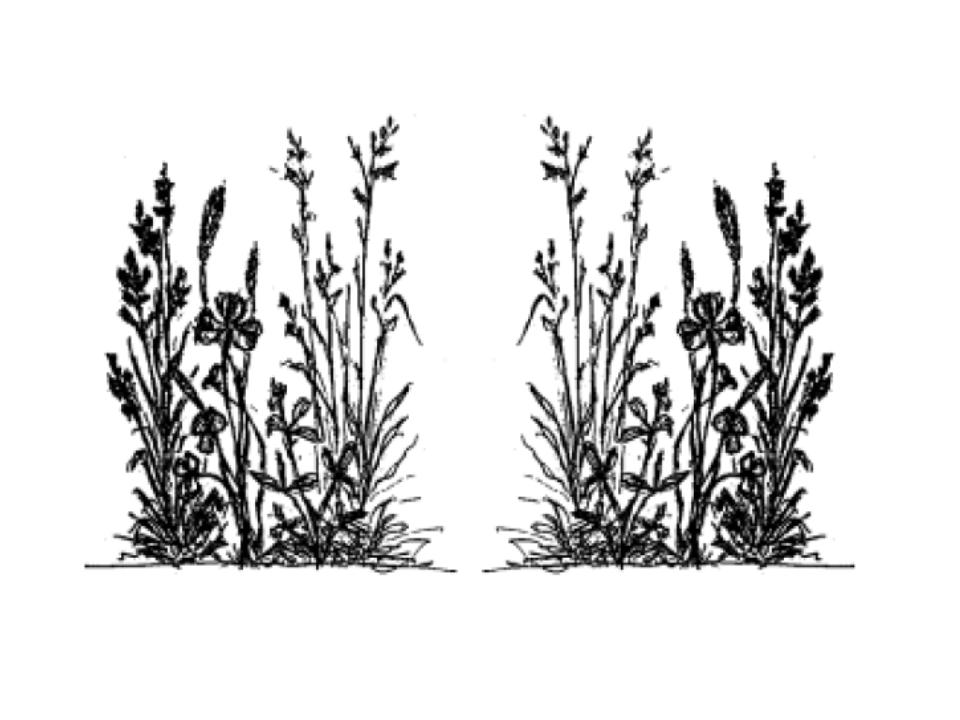
Beneficial Blend - Seed Mix
Beneficial Blend Seed Mixture yields a wide variety of plants known to harbor beneficial insects. It can also be used to deter weeds or provide ground cover in unused areas. It is good for soil building, erosion control and has excellent drought resistance and tolerance for non-tillable, compacted, low fertility soils with high or low pH. Beneficial Blend Mix should be planted 0.25 – 0.50 inches deep in a good, fine seedbed since many flower and herb seeds are small. A well established stand will reseed and can last several years, which will add vigor to the perennial and biennial plants in the blend. Fall planting is best in a Mediterranean climate, giving plants time to establish in the rainy season.
A light planting rate of 10 lb per acre will establish 2-4 plants of each species per square foot. In orchards and vineyards, only one row of the Blend out of every 8-10 rows is needed.
Optimal for areas surrounding indoor grow areas and throughout outdoor grow areas.



Additional Info
Contains: Alfalfa (non-GMO), baby blue eyes, baby’s breath, barley, berseem clover, bishop’s flower, buckwheat, carrot, celery, cereal ryegrass, coriander, subclover, common vetch, crimson clover, fennel, mustard, sweet alyssum, tidy tips, white yarrow, yellow blossom sweet clover. Small legume seeds are inoculated to assure effective nitrogen-fixing nodulation.
Beneficial blend is a seed developed as part of the BIOS project as a perimeter planting, or temporary hedgerow. A wide variety of plants known to harbor beneficial insects attracts predators and parasites and provides a food source such as some aphids. Providing nectar, pollen and/or a little aphid honeydew increases the longevity and egg laying of
Many of the components of Beneficial Blend's grain, legume and flower seed mixture are very susceptible to insect pests--this keeps pests off the nearby crop, concentrating the food source for beneficials. Some of the plants used are also susceptible to common plant diseases, however the stand is never affected all at once. Beneficial Blend has a certain amount of tall plants, such as cereal rye grain and mustard, to catch aerial spiders and provide structure for webs.
Eighteen Diverse Plant Species that Bloom Sequentially
Cereal ryegrass, barley, subclover*, common vetch, yellow blossom sweet clover, white blossom sweet clover, crimson clover*, berseem clover, alfalfa*, mustard, carrot, coriander, baby's breath, buckwheat, baby blue eyes, bishop's flower, fennel, celery, white yarrow, sweet alyssum, tidy tips.
*All small legume seeds are inoculated with Rhizo-Kote to assure effective nitrogen-fixing nodulation.
Tolerates and Improves Most Soil Types
Beneficial Blend is drought resistant and tolerates variable, low fertility soils with high or low pH and non-tillable, compacted soil. It is good for soil building and erosion control.
Planting Instructions
Plant lightly at a rate of 10 lbs per acre or 1 oz per 270 sq ft to establish 2-4 plants of each species on a square foot. In orchards, vineyards, and crop fields, use as a buffer along drive roads and field margins to provide the beneficials a place to live where the planting will not be disturbed or mowed. Plant Beneficial Blend 1/4 -1/2 inch deep in a good, fine seedbed since many flower and herb seeds are small. Broadcasting and ring rolling or using a Brillion seeder are preferred methods of planting. Drilling is the next best method, ensuring that the small seeds are not planted too deep. Compost or fertilizer should be applied on infertile soil types, such as sand or shale. On loam soils fertilizer is not necessary because the objective is a diversity of plants and not an abundance of plant material. Best planting dates are October 1 to November 15, although something will come up any time of the year.
Management:
After planting, Beneficial Blend is not normally mowed or disked. It will sometimes have a sparse weedy appearance as different plant species flower and mature during the season. To clean up, mow or use string mower (weed eater) half of the planting and leave half standing. Mow the other half 2 –4 weeks later. A well-established stand will reseed and can last several years, which will add vigor to the perennial and biennial plants in the blend. Irrigation is desirable to extend the period of bloom, however a dry land planting will also be productive until it exhausts the soil moisture.
